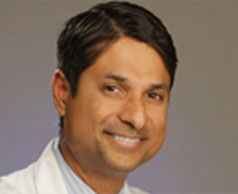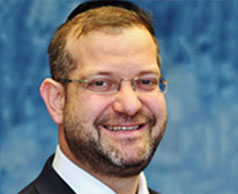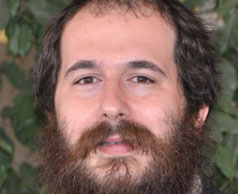Conditions
Smoking Cessation
 Smoking cigarettes is harmful to almost every organ in the body. It is the main cause of lung cancer and chronic obstructive pulmonary disease (COPD). It is often the cause of coronary heart disease, stroke and many other diseases. Every year, millions of deaths worldwide can be attributed to tobacco use. With each cigarette, the risk of developing heart disease or lung cancer increases. Nicotine is the ingredient in cigarettes that causes addiction. Smoking is physically addictive and can also become socially addictive, as many people link smoking with social activities, making it a difficult addiction to overcome.
Smoking cigarettes is harmful to almost every organ in the body. It is the main cause of lung cancer and chronic obstructive pulmonary disease (COPD). It is often the cause of coronary heart disease, stroke and many other diseases. Every year, millions of deaths worldwide can be attributed to tobacco use. With each cigarette, the risk of developing heart disease or lung cancer increases. Nicotine is the ingredient in cigarettes that causes addiction. Smoking is physically addictive and can also become socially addictive, as many people link smoking with social activities, making it a difficult addiction to overcome.
Smoking cessation is the process of stopping smoking and the use of tobacco products. Quitting smoking has many advantages including improved circulation, healthy blood pressure levels, easier breathing, and increased sense of smell and taste. Giving up tobacco can help individuals live longer, healthier lives and the risk of developing cancer decreases with each smoke-free year. Quitting smoking often requires multiple attempts. A combination of counseling, medication and the support of others, is often effective in helping individuals quit smoking.
Smoking Cessation Strategies
Quitting smoking is often difficult, especially during the first few weeks. It often helps to create a customized plan for quitting. In addition to focusing on the health benefits of quitting smoking, the following strategies may help people to quit:
- Pick a specific quit date
- Let others know you are quitting
- Remove any reminders of smoking from the home or car
- Identify smoking triggers
- Join a support group
- Avoiding situations that are normally associated with smoking
While trying to quit, people may experience cravings and temporary side-effects such as weight gain, irritability, and anxiety. Often, people try to quit several times before they succeed.
Medication to Help Quit Smoking
Medication is sometimes used to help with the quitting process. Current over-the-counter nicotine replacement products include nicotine gum, patches and lozenges. Nicotine replacement products act as an alternative source of nicotine when cigarette use is stopped. This eliminates the symptoms of withdrawal that may trigger smoking. Once cigarettes have been replaced with nicotine replacement therapy, the nicotine dosage can gradually be reduced. There are also prescribed medications available that may help to overcome nicotine addiction. These treatments also work by gradually decreasing the dependence on nicotine.
The most successful quitting programs often use a combination of medication and group or behavioral counseling.
Fainting (Syncope)
 Syncope, commonly known as fainting, is a brief loss of consciousness as a result of a sudden drop in blood pressure and decrease in heart rate which results in an insufficient flow of blood to the brain. Most people regain consciousness after a few moments, but may experience a state of confusion for a short period.
Syncope, commonly known as fainting, is a brief loss of consciousness as a result of a sudden drop in blood pressure and decrease in heart rate which results in an insufficient flow of blood to the brain. Most people regain consciousness after a few moments, but may experience a state of confusion for a short period.
Causes of Syncope
When the heart rate slows down and the blood vessels in the legs enlarge, blood begins to pool in the legs. This causes blood pressure to drop and with a slowed heart rate, there is less blood flow to the brain. There are many different causes of syncope, which may include:
- Poor blood circulation
- Nervous system malfunctioning
- A change in the blood pressure
- A change in heart rate
- Stress
- Pain
- A change in body position
- Overheating
- Dehydration
- Exhaustion
- Side effects of certain medication
Symptoms of Syncope
Patients with syncope may experience the following:
- Lightheadedness
- Dizziness
- Drowsiness
- Unsteadiness
- Pale skin
- Tunnel vision
- Nausea
Patients may experience heart palpitations or a warm feeling before a fainting episode as well, which become warning signs that patients can recognize before syncope occurs. After an episode of syncope, at least 30 percent of patients will have a recurrence.
Treatment of Syncope
Because fainting can be an indication of another condition, a patient should alert their doctor about their episode. Treatment for syncope depends on the underlying cause of the condition, and the aim is to prevent more fainting episodes. Treatment may include:
- Medication
- Support garments to improve circulation
- Biofeedback training
- Pacemaker, to regulate the heart rate
- Foot exercises
- Dietary modification
Patients should talk to their doctor if they have had episodes of syncope.
Contact Us
Interested in learning more about how we can treat your condition?
.png)










